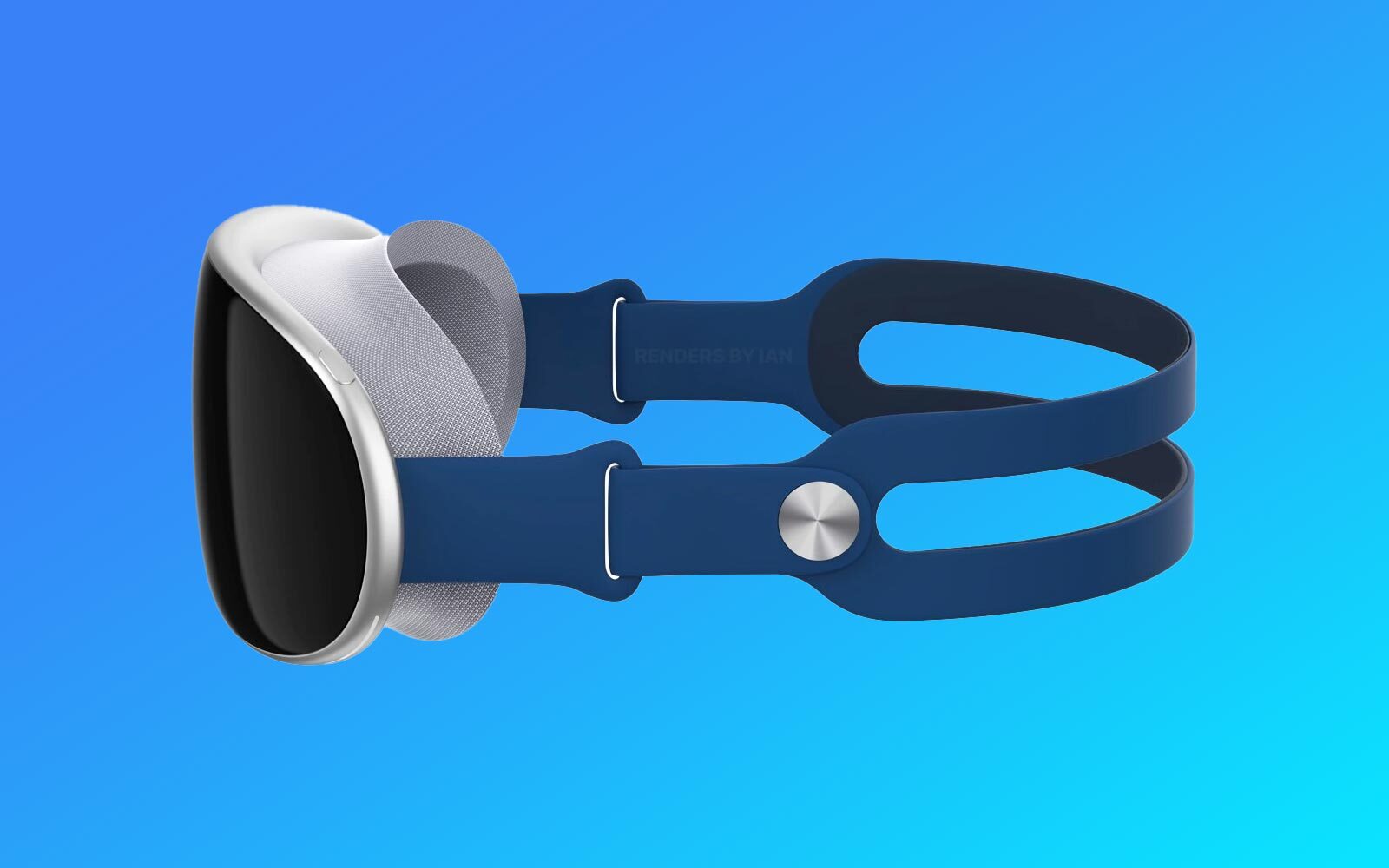Apple Reportedly Delays AR Glasses Launch, Focuses On Cheaper Mixed Reality Headset
Apple should unveil its first-gen high-end mixed reality headset later this year, a device that will deliver both virtual (VR) and augmented reality (AR) features, with a focus on the former. But Apple is also developing sleeker AR glasses that look like regular glasses. A report says Apple has postponed the AR glasses launch indefinitely, as it's still waiting for tech breakthroughs to make such a product possible.
Instead, Apple has shifted gears internally, focusing on a more affordable mixed reality headset that would follow the first-gen device.
Per Bloomberg's Mark Gurman, Apple had hoped to release the AR glasses after the mixed-reality device. That schedule once meant the headset would hit stores in 2022, with the glasses to follow a year later. Apple then delayed the glasses to 2025 or later.
Also, Apple did not unveil the mixed reality device last year. The AR/VR headset reportedly saw its own share of release delays so far, although reports say it'll launch later this year.
People familiar with Apple's plans for the coming years informed Gurman that a cheaper mixed-reality headset would come in 2024 or early 2025. That device might cost $1,500, half the first-gen model's purported price.

Apple is still looking to make AR glasses that are lightweight and easy to carry. It sees the product as an iPhone replacement, which could move the phone's features to the wearer's field of view. We've long speculated that AR glasses could "kill" the iPhone and explained how it might happen. But that future isn't near if Bloomberg's report is accurate.
One issue with the device is that current designs place the battery in the user's pocket instead of the glasses frame. The glasses would have to be tethered to the battery pack, which isn't an ideal experience. The report notes that creating a lightweight device with advanced AR features and a built-in battery that lasts all day isn't feasible with today's technology.
None of that can be confirmed at this time. Apple never announced the AR glasses officially, so it doesn't have to publicly address any development issues that would lead to launch delays. The company will release the product when it feels it's ready for mass consumption. If that ever happens.
